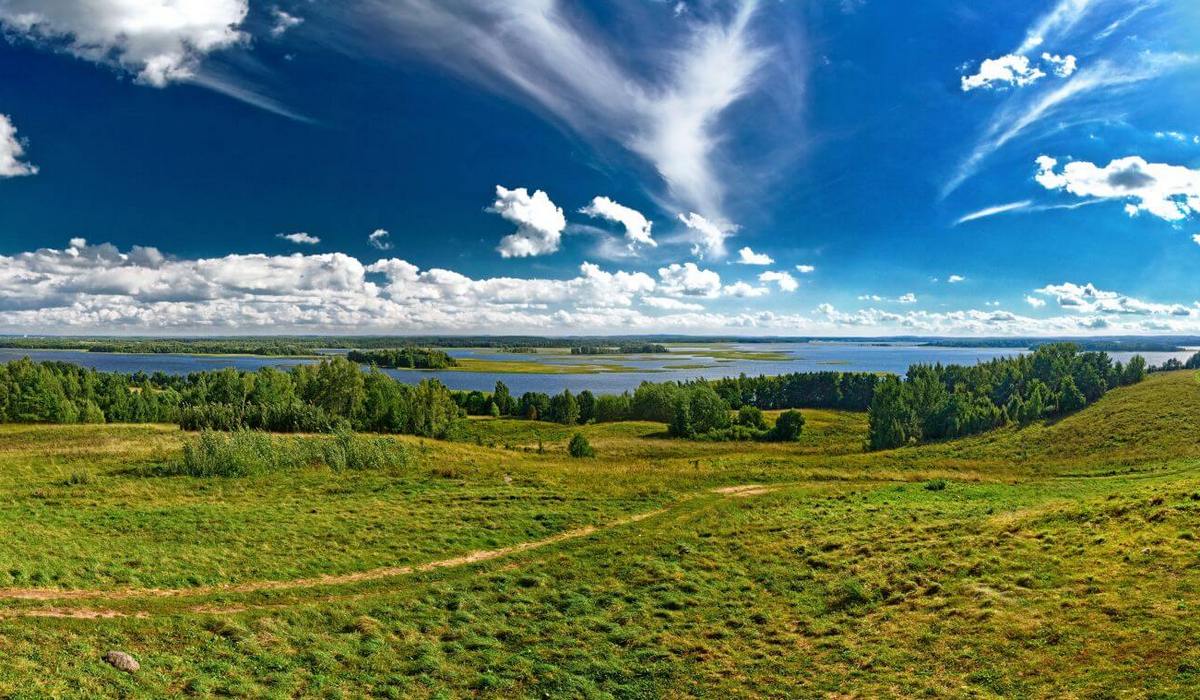
Environmental organizations, national governments and scientists develop basic methods of air protection every year. The measures are of a technological, control-prohibitive and sanitary-technical nature.
How air is protected from pollution:
- From the government side. Strengthening control over enterprises, which obliges the owners of factories and plants to minimize harmful emissions into the atmosphere (punishment for violation of permissible standards, up to the suspension of production).
- Creation of cleaning filters – electrical, mechanical, magnetic and sound. Using fine cleaning, it is possible to achieve a reduction in the amount of emission of harmful impurities in enterprises by up to 90%. The Angara plant collects up to 98% of cement dust. It is used to re-obtain building materials as an additive in cement grinding.
- Search for new energy sources instead of thermal and nuclear power plants. In Europe, energy is actively used, extracted from water, sun and wind, which has reduced pollution significantly.
- Planting green areas (parks, squares), extinguishing city noise. Up to 70% of harmful particles and up to 60% of sulfur dioxide remain on the surface of the leaves. Some tree phytoncides kill bacteria.
- Control over deforestation and illegal activities of sawmills.
- The principles of protection include informing the population, improving the ecological culture of citizens.
- To protect the air from vehicle emissions, cleaning filters and replacement of lead additives are needed. We need an organization of traffic – the creation of interchanges, canvases and crossings.
- Release of eco-cars. This method reduces the amount of exhaust fumes. Today there are about 1.3 million electric vehicles in the world. According to the International Energy Association, by 2030, at least 150 million new generation vehicles are needed to correct the situation in the world.
- Limiting the use of natural resources. The extraction of minerals satisfies the needs of people, but is one of the main sources of environmental degradation. About 300 billion of raw materials are extracted annually. Of this amount, 2-3% goes into production. The remaining 97-98% goes to waste and goes to the biosphere, including the air.
- Strengthening legal protection. Creation and adjustment of laws for the protection of the atmospheric environment.
- City planning. Measures to protect residential areas from emissions are to build industrial plants away from them, preferably outside the city. When erecting, the wind rose and the presence of reservoirs are taken into account.
Humanity needs to take steps to protect and cleanse the atmospheric layer. He is the source of life for everything on earth. Air components (oxygen, nitrogen, carbon dioxide, hydrogen, argon) ensure the growth and development of plants, animals and people.